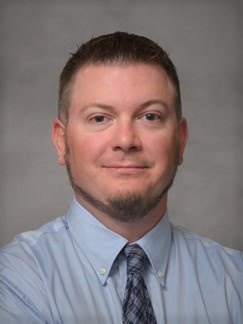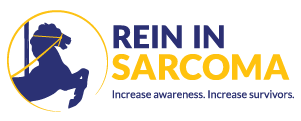Rein in Sarcoma’s Board approved a $50,000 research grant to the University of Minnesota at its February, 2022 meeting.
The University solicited requests for funding proposals from their researchers, blindly ranking them according to national standards, and then recommended the proposal submitted by Dr. Beau Webber, PhD.

Project Title: Characterization of Ewing Sarcoma patient-derived induced pluripotent stem cells
Principal Investigator: Beau Webber, PhD
Co-Investigator: Logan Spector PhD
Institution: University of Minnesota
Amount: $50,000
Project Summary:
Ewing sarcoma (EWS) is the second most common pediatric bone sarcoma cancer and accounts for ~2% of all pediatric cancers. Survival, which is as low as 70%, has not improved in decades despite the discovery in 1983 of the pathognomic fusion oncoprotein, EWS-FLI1. EWS is unusually homogenous in its tumor biology, with~90% featuring EWS-FLI1. Despite extensive knowledge of EWS-FLI1, it has proven difficult to target directly, thus attention has turned towards its interaction with the genome and downstream transcriptional and epigenetic consequences. We have developed an induced pluripotent stem cell (iPSC) system for examining genomic interactions and downstream consequences of EWS-FLI1 expression; to date we have only implemented this system in unaffected control iPSC. We have successfully created 3 patient-derived iPSC from viably frozen blood samples; 2 more iPSC created by colleagues at the University of Utah are currently being added to the bank. Banked patient-derived iPSC will be made available to the Ewing sarcoma research community but will be more valuable with certain data available. This project seeks to more fully characterize the iPSC we have banked to date. New long-read sequencing technology, such as by PacBio and Oxford Nanopore (ONT), makes it possible to create genomes that accurately capture GGAA repeats and other structural variation which has previously been obscure. Only recently has the output and price of these experiments become tractable for individual labs. We now propose a series of assays of our EWS patient-derived iPSC that will both serve to enhance future applications using these lines and answer several substantive questions in themselves.
